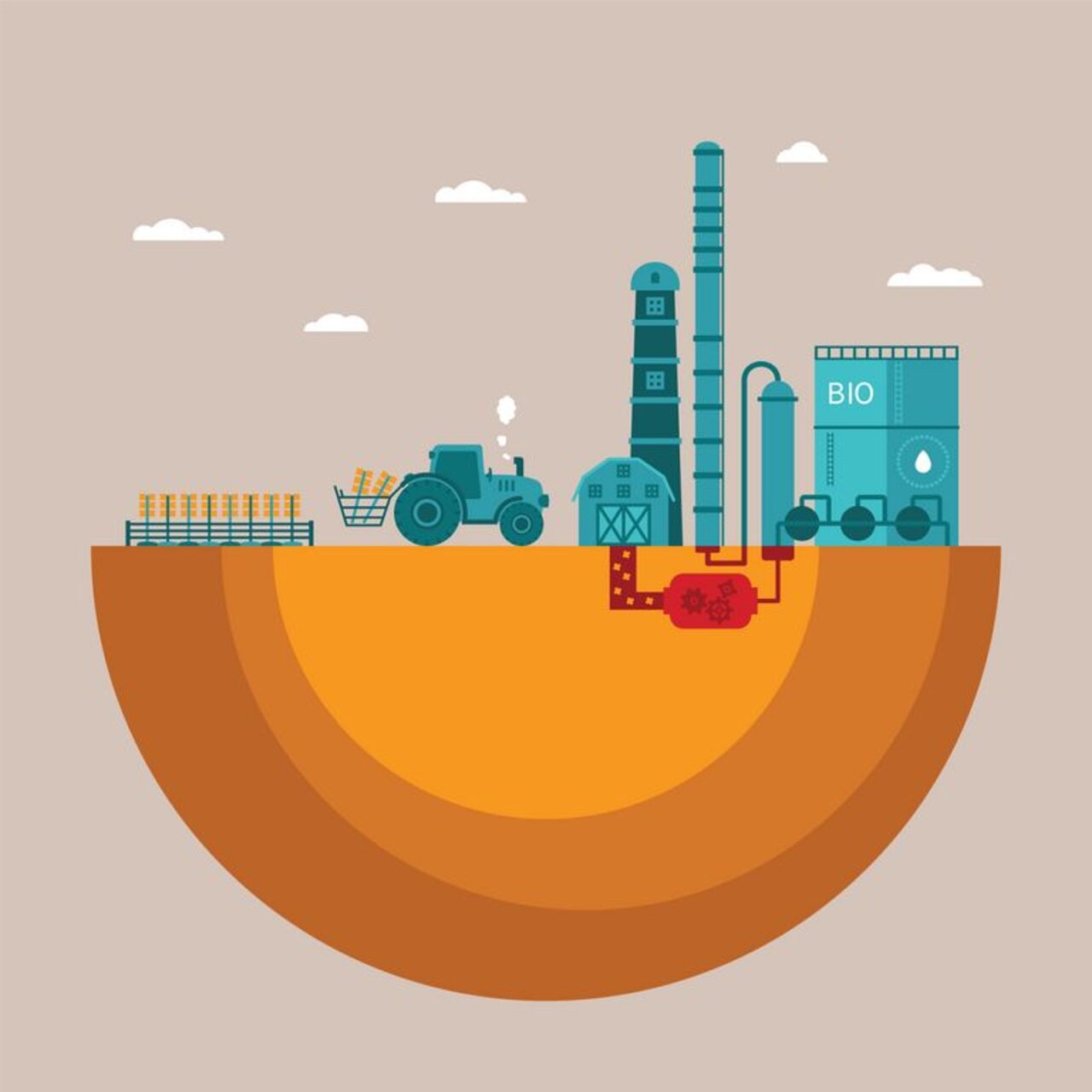Project
Russian agricultural policies and production

Analysis of the Russian strategy to promote agricultural production (STARLAP)
We analyze the impact of Russian agricultural policies on the competition of the Russian and German agricultural sectors in the project „STARLAP“.
Background and Objective
The project is coordinated by the Leibniz Institute of Agricultural Development in Transition Economies (IAMO). It analyzes the impact of agricultural policy instruments of the Russian Federation on the Russian agricultural sector. Are Russian agricultural and food products competitive on national and international markets? Additionally, we analyze the impact of the Russian agricultural policy on the competitiveness of German and European competitors in the Russian agricultural and food market. The Russian Federation aims at achieving self-sufficiency in the dairy and meat sector and becoming the worldwide largest exporter in agricultural and food markets. Already implemented policies are included in the analysis, e.g., import restrictions of agricultural and food products and support programs to agriculture. Additionally, we provide information and knowledge about current developments in the Russian milk and meat sectors. The results of the project are used to assess the changes in the success of German enterprises in the agricultural and food sector in Russia.
Approach
The international competitiveness of Russian agricultural producers varies greatly between producers located in different regions of Russia. The main reason for the differences are trade costs largely determined by the distances between production region, consumption region and distance to ports and hence to world markets. Therefore, we analyze Russia by dividing it into separate regions.
The Thünen Institute cooperates with the IAMO (coordinator) in Part 4 of the project “Scenario analysis, trade and production”. The following questions will be answered: What scenarios are likely for the future development of the agricultural and food sector in Russia? What impact could this development have on the competition of German and European market participants in the Russian market? The models AGMEMOD and MAGNET are used to help answer these questions.
Links and Downloads
Thünen-Contact

Involved Thünen-Partners
Involved external Thünen-Partners
- Leibniz-Institut für Agrarentwicklung in Transformationsökonomien
(Halle, Deutschland)
Publications
- 0
Banse M, Duric I, Götz L, Laquai V (2019) From the Russian food import ban to free trade from Lisbon to Vladivostok - will farmers benefit? J Int Stud 12(4):20-31, DOI:10.14254/2071-8330.2019/12-4/2

![[Translate to English:] [Translate to English:]](/media/_processed_/3/e/csm_AdobeStock_249730128_92f14d3a63.jpeg)
![[Translate to English:] [Translate to English:]](/media/_processed_/3/e/csm_AdobeStock_249730128_a6fcf4c893.jpeg)





